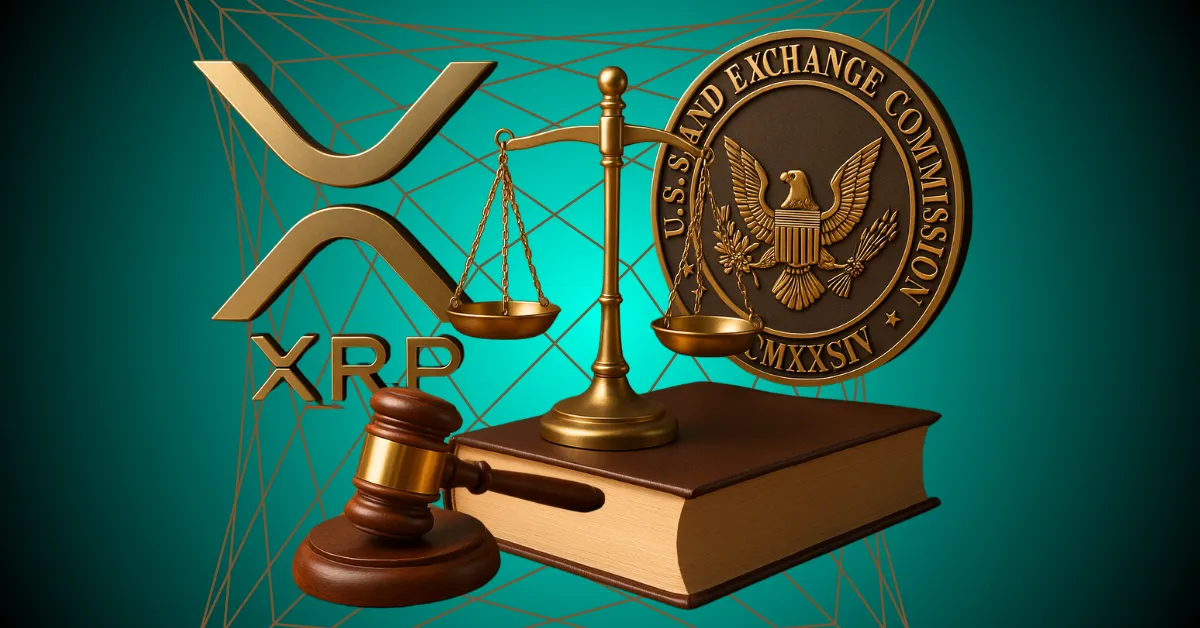The Ripple-SEC legal battle has become a pivotal case in the cryptocurrency industry, shaping the regulatory landscape and defining what constitutes a security in the digital asset space. The recent decision by District Judge Analisa Torres to reject a joint settlement proposal between Ripple Labs and the U.S. Securities and Exchange Commission (SEC) has prolonged the legal uncertainty that has plagued the crypto market for years. This ruling underscores the complexities of navigating regulatory frameworks in an evolving technological landscape.
The Heart of the Matter: Why the Settlement Was Rejected
After years of legal proceedings, Ripple and the SEC presented a joint motion seeking an “indicative ruling” to reduce the civil penalty from $125 million to a reported $50 million and lift the injunction preventing Ripple from offering XRP directly to institutional clients. The motion was based on Rule 60(b)(6) of the Federal Rules of Civil Procedure, which allows for the reopening of finalized cases under exceptional circumstances. However, Judge Torres rejected this proposal, citing several key reasons:
– Procedural Integrity: Judge Torres emphasized the importance of finality in court decisions, stating that they cannot be easily overturned by the parties involved after an extended legal battle.
– Ripple’s Track Record: The judge highlighted Ripple’s history of violating securities laws and its perceived lack of accountability, which she believed undermined the company’s claim for extraordinary relief.
– Lack of Legal Justification: The joint proposal was deemed insufficient in providing a legal basis for unwinding the previously established injunction and penalty.
This decision underscores the judiciary’s commitment to upholding legal principles and ensuring that settlements are not merely convenient but also just and transparent.
Ripple’s Checkered History: The Roots of the Court’s Distrust
Ripple’s legal history is marked by both victories and setbacks. While the company achieved a significant win when Judge Torres ruled that XRP’s programmatic sales to the public were not securities transactions, the judge also found Ripple liable for unregistered securities sales to institutional investors. This dual outcome has contributed to the court’s skepticism toward Ripple’s motives and actions.
The recent joint motion for settlement was seen by Judge Torres as a strategic move by Ripple to limit its liability after years of legal combat. The court was unwilling to grant such relief, especially in light of Ripple’s past actions and the need to maintain the integrity of its prior rulings. This decision serves as a reminder that legal strategies must be grounded in accountability and transparency.
The SEC’s Dilemma: Accountability vs. Pragmatic Settlement
The SEC faces a complex dilemma in its pursuit of regulatory oversight in the crypto space. On one hand, the agency seeks to establish clear guidelines and enforce compliance to protect investors. On the other hand, it must balance this with the practicalities of reaching settlements that avoid prolonged legal battles and potential precedents that could limit its authority.
The joint settlement proposal was an attempt to achieve a pragmatic resolution, allowing the SEC to secure a financial penalty and avoid the uncertainties of an appellate process. However, Judge Torres’s rejection of this proposal highlights the importance of upholding legal principles and ensuring that settlements are not merely expedient but also serve the public interest. This decision sends a strong message to both regulators and companies that the legal process cannot be circumvented for the sake of convenience.
Legal and Market Consequences: Uncertainty Rules the Day
The rejection of the joint settlement has immediate and far-reaching consequences for Ripple, the SEC, and the broader crypto market:
Rule 60(b)(6) and the Rarity of Judicial Do-Overs
The attempted use of Rule 60(b)(6) to reopen the case highlights the rarity of such legal maneuvers. This rule allows courts to revisit finalized judgments in extraordinary circumstances, but courts are generally reluctant to grant such requests. The mere agreement of both parties is not sufficient; there must be a fundamental change in facts, evidence of fraud, or a clear error in the original proceedings. Judge Torres’s ruling reaffirms that reopening settled matters is not a matter of mutual convenience but requires a strong legal justification.
What’s Next? Cold Reality and Prolonged Appeals
With the rejection of the settlement proposal, both Ripple and the SEC are now faced with the prospect of prolonged legal battles. The SEC must file its next substantive update by August 15, 2025, which means the case will likely drag on for at least another year unless a dramatic change occurs.
– For Ripple, the path ahead remains challenging. The company’s primary business of offering XRP to institutional partners is severely restricted, forcing it to operate under significant constraints.
– For the SEC, the pursuit of a definitive resolution remains elusive. The agency must defend its position through the appeals process, with the risk that a higher court might limit its authority or hand it a pyrrhic victory.
– For the wider industry, the lack of clarity on the regulatory status of crypto tokens continues to create uncertainty. Business innovation will persist, but always with the looming threat of further enforcement and legal risks.
Conclusion: No Shortcuts, Only Hard Lessons
Judge Analisa Torres’s ruling serves as a stark reminder that accountability, process, and legal precedent are paramount, even in the rapidly evolving world of digital assets. The rejection of the joint settlement proposal underscores that settlements must be grounded in transparency and the public interest, not just convenience. For Ripple, the SEC, and the broader crypto industry, this decision highlights the need for a more nuanced and principled approach to regulatory compliance and legal strategy. The path forward is fraught with challenges, but it is one that must be navigated with diligence and respect for the legal process. The crypto world will have to wait longer for definitive answers, but the lessons learned from this case will undoubtedly shape the future of digital asset regulation.





